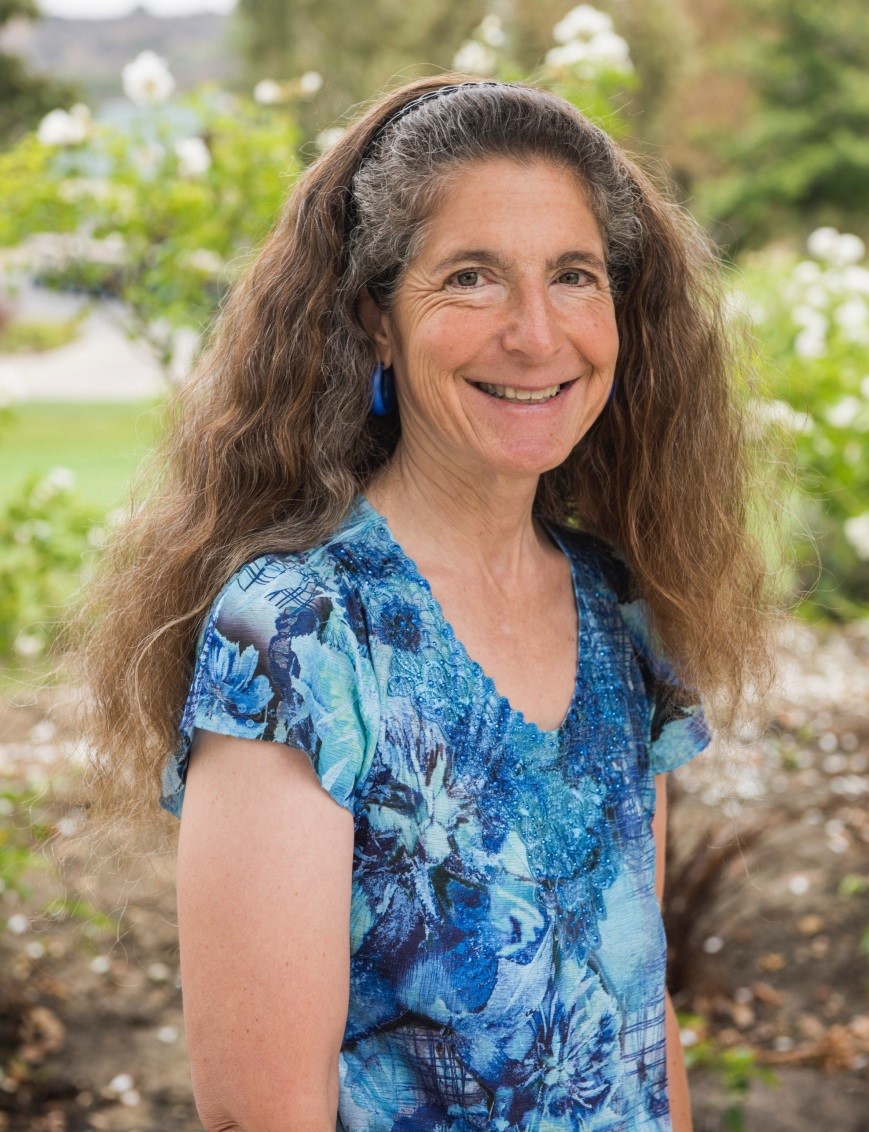Promoting and Marketing Tourist Attractions
BY DANIEL R. COATS
In Southern California, tourism is a major employer and economic generator. From Disneyland to L.A. art museums, career paths in the attractions industry exist for students of most majors. Andi Stein, CSUF professor of communications, discusses how to thrive in the field.
With more than 42 million visitors annually supporting some 160,000 jobs in Orange County alone, tourist attractions, including amusement parks, museums and nature preserves, offer opportunities for lucrative and rewarding careers in marketing, public relations, management and finance.
After attending a 2012 tourism marketing conference in which other attendees bemoaned the necessity of social media marketing, Cal State Fullerton Communications Professor Andi Stein thought “someone should write a book about this.”
Three years later, she published Attracting Attention: Promotion and Marketing for Tourism Attractions , which she hopes will serve as a handbook for students interested in marketing and promotion in the attractions industry, as well as professional practitioners who seek to improve their skills.

|
Andi Stein notes that interactivity is an integral part of today's attractions. “Visitors feel as though they are part of the story,” she says. |
The Technological Impact
Today’s visitors to amusement parks and museums expect to be part of the action so interactivity is crucial in maintaining market share.
“A lot of attractions are now focused on immersive experiences, such as the Wizarding World of Harry Potter at Universal Studios or Cars Land at California Disney Adventure,” says Stein. “Visitors feel as though they are part of the story. Even many museums, such as the Exploratorium in San Francisco, the Museum of Science and Industry in Chicago, and the Grammy Museum in Los Angeles, are offering interactivity, rather than merely the opportunity to passively look at exhibits.”
With the rise in sophistication has come the need for a new generation of marketing and public relations solutions. Stein, who is part of the International Association of Amusement Parks and Attractions (IAAPA), notes that social media required a sea-change in thinking in tourism marketing.
While social media requires a concerted time commitment, Stein believes that it is cost-effective and has enabled small attractions to compete against larger or better-known ones.
“Social media has been a boon for small attractions, such as museums and science centers, because these organizations often do not have large staffs,” she says.
Finding Your Niche in the Attractions Industry
If you are interested in pursuing a career in the tourist attraction industry, Stein suggests starting with part-time work while you are still a student.
“If you can get a job at an attraction while you are still a student, it is a great way to get your foot in the door, because you will learn how that organization operates,” she says. “Volunteering at museums can also be a great way to get started in guest relations.”
Stein suggests Disneyland and Knott’s Berry Farm as top places for students interested in this field to seek employment, because both are in close proximity to campus and have many job openings.
She notes that the experience of CSUF alumnus Tom Mehrmann ’83 demonstrates how even the most low-level position can jumpstart a career. The psychology major started as a part-time sweeper at Knott’s Berry Farm while a college student. He went on to become vice president of park operations at Knott’s and chief executive of Hong Kong’s Ocean Park, which has become a major marine mammal park under his leadership.
With hard work and commitment, working for a tourist attraction can make for a rewarding career with upward mobility and the possibility of leadership opportunities.
